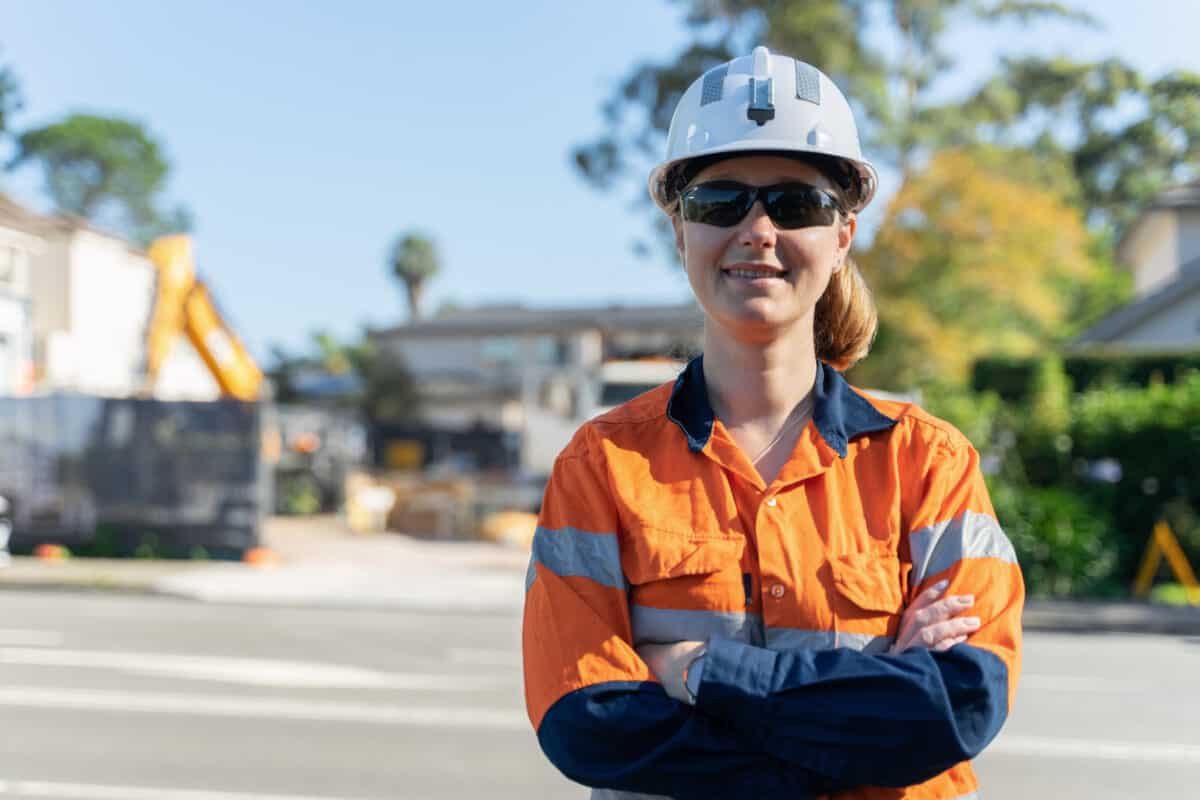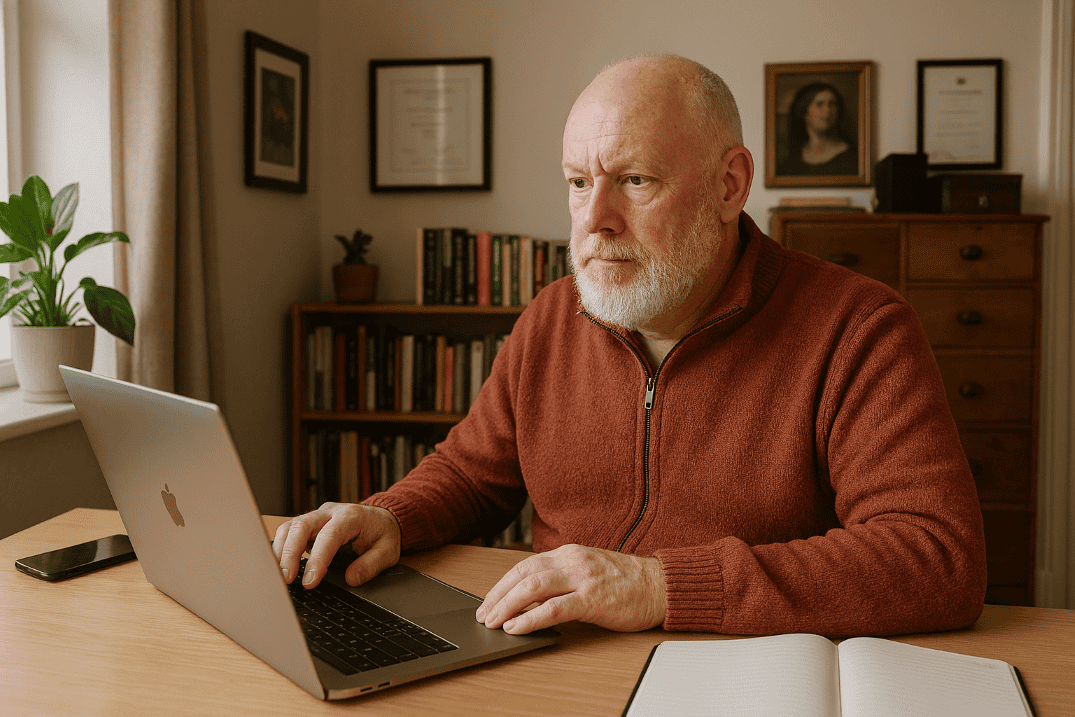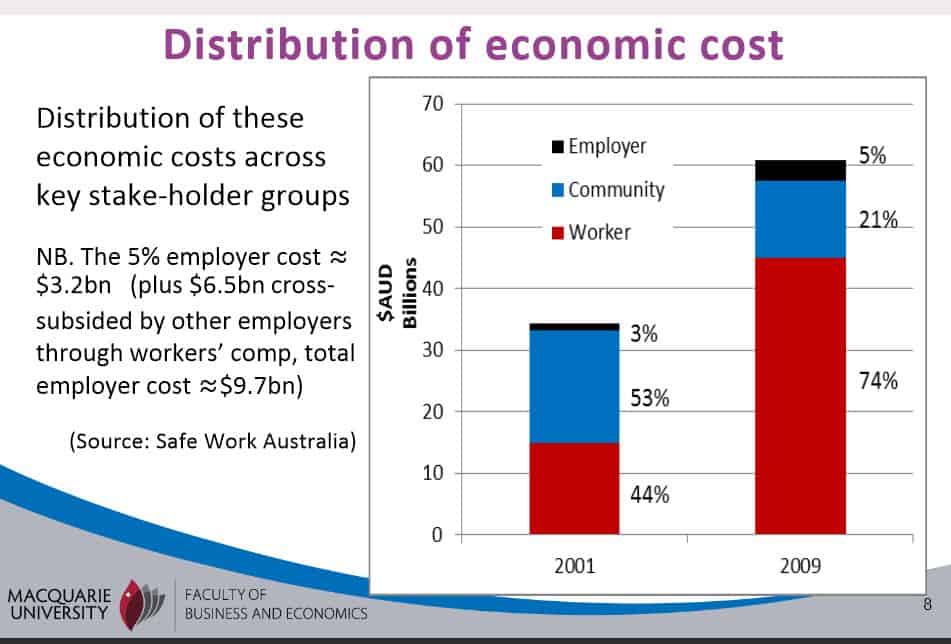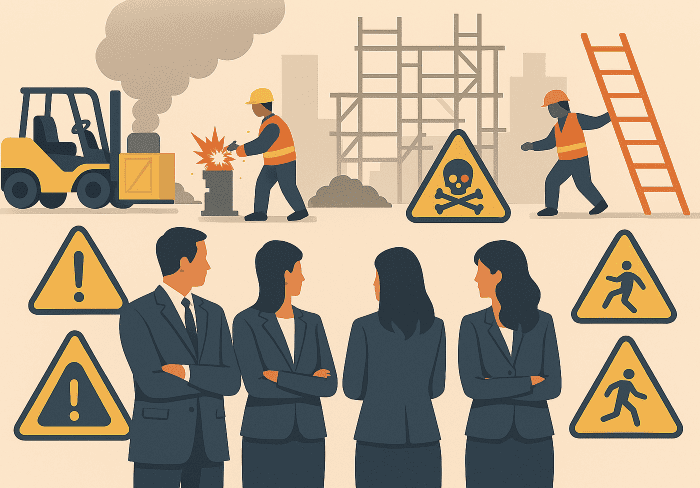New documentary “Breaking Point” is a curious mix of propaganda, lobbying, whistleblowing, fear, stress, with an occupational health and safety (OHS) undertone. According to Victorian firefighters, they are being sent to fight fires and save lives with equipment that is known to be faulty—a problem that could easily be solved.
Category: economics
Adam Smith, Mental Health, and the Moral Case for Safer Productivity
Adam Smith was a prominent Scottish 18th-century economist and philosopher, sometimes referred to as the “Father of Economics”. What relevance could he have to occupational health and safety (OHS) in Australia? The modern OHS concern of psychosocial hazards, psychological safety and worker wellbeing should cause us to read Smith’s works on the morality of capitalism. Instead, we should read a new book called “What would Adam Smith make of modern Australia?”, written by Joseph Healy.
The OHS advantages of working from home are being ignored in preference to political point scoring
Last weekend, at the Victorian branch of the Australian Labour Party conference, delegates heard that the ability to work from home for part of the working week was so important and so good for workers and the economy that working from home should become a formal right. This coincided with a week of frothy outrage in some media outlets about the thoughts and comments of some business executives querying the work-from-home trend.
Neither discussion adequately addresses the working from home phenomenon, failing to identify both the occupational health and safety reasons for working from home and the associated opportunities.
Stop Trying to Sell Safety with GDP Statistics
The cost of work-related illness and injuries is a significant economic burden on the community. It has a tangible impact on Australia’s Gross Domestic Product (GDP), but no one really gives a shit about this. The GDP impact is a nonsense statistic in the illustration of how injuries and illnesses affect Australian businesses. The economic arguments need reframing if an improvement in workplace health and safety is the intention.
Good Safety Grows Economies—Poor Governance Shrinks Them
Recently, WorkSafe ACT posted the latest episode of its Safety Spotlight podcast in which occupational health and safety (OHS) experts share their knowledge. There is commonality with much OHS advice, but there are slight variations of data and emphasis that are useful to note.
This episode included Jacqui Agius, the Australian Capital Territory’s Work Health and Safety Commissioner, and Professor Helen Lingard of RMIT University. According to the show notes:
“….they discuss the crucial importance of workplace safety, not just in preventing injuries but also its economic impact. The episode covers the hidden costs of cutting corners on safety, the significance of a proactive safety culture, and the benefits of consulting workers and employing safety by design.”
Employer Responsibility in Workplace Safety is Being Overlooked
In the ongoing debates about workplace safety, a critical question is often left unasked: What are employers doing to ensure safe and healthy work environments, and why are their responsibilities so frequently underplayed in public discourse? Too often, when workplace safety issues arise, the conversation quickly shifts to affordability and government intervention.
Continue reading “Employer Responsibility in Workplace Safety is Being Overlooked”Regulations: Addressing Market Failures and the Myth of Free Markets
Recently, Federation Press published a weighty tome written by Arie Freiberg called “Regulation in Australia. 2nd Edition“. For those of you who are legislative junkies and can quote sections of occupational health and safety (OHS) law, you will love this, as it examines the mechanics of regulation, not just those of Industrial Relations or OHS. And there is some powerful context to market failures that often lead to new regulations, a perspective shared with Naomi Oreskes and Erik M Conway in their 2024 book, “The Big Myth“.







